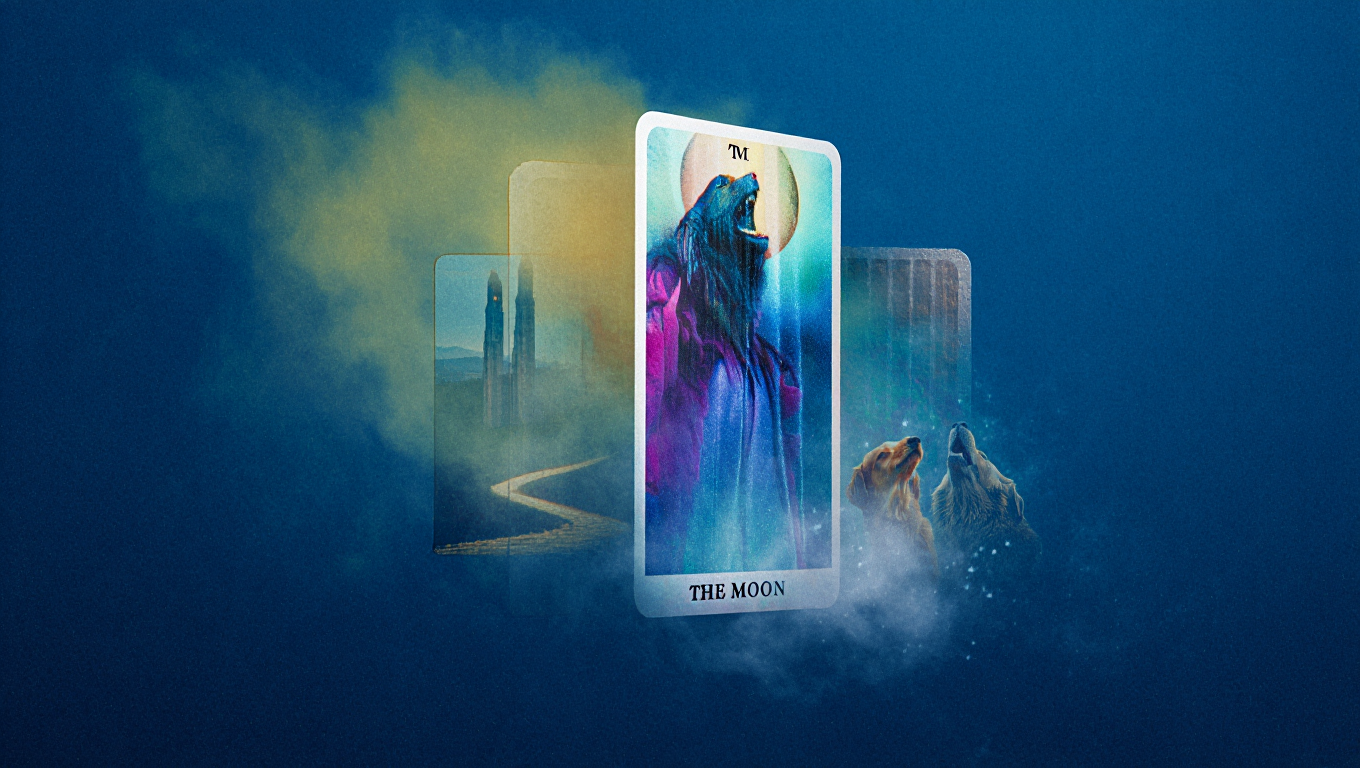Lesson 4: Reading Your First Three-Card Spread
Ready to take the leap from learning about tarot cards to actually doing a reading? Let’s be real: shuffling a deck can be intimidating if you’ve never tried it. But the three-card spread—especially the classic past-present-future layout—is one of the easiest, most practical ways to start. No experience required, no mystical “downloads” needed, and you can do it in 15 minutes flat (or less, once you get the hang of it).
Why Start with a Three-Card Spread?
Tarot has a reputation for being complicated, but you don’t need to memorize 78 card meanings to get real insight. The three-card spread gives you:
- Clarity — A snapshot of your situation from multiple angles
- Simplicity — Not overwhelming, perfect for beginners
- Flexibility — Works for almost any question
Pro-tip: The three-card spread is like the “espresso shot” of tarot. Fast, strong, and surprisingly effective.
“My first three-card reading was for myself, asking about a new job. I was nervous, but the past-present-future layout made sense of my story, and the cards honestly helped me move forward.”
Quick Context: When and Why to Use Past-Present-Future
Feeling stuck? Doubting your next move? The past-present-future spread is perfect for:
- Reflecting on career changes
- Understanding relationship patterns
- Gaining perspective on decisions
- Checking in with your personal growth
It’s not about predicting your destiny. It’s about seeing your journey with fresh eyes and making better choices, right now.
The Cards You’ll Need (and How to Choose Your Deck)
You can use any tarot deck for this practice. If you don’t own one yet, here are three beginner-friendly options:
| Name | Key Feature | Size/Material | Price Range | Amazon Link |
|---|---|---|---|---|
| Rider-Waite Tarot | Classic, easy to learn | Standard, cardstock | $15–$25 | See today’s deal |
| Modern Witch Tarot | Diverse, modern art | Standard, sturdy box | $20–$30 | Check price on Amazon |
| Light Seer’s Tarot | Intuitive, colorful | Standard, matte finish | $18–$28 | See today’s deal |
Don’t stress about the deck. If you only have an app, that’s okay for practice too.
Step-by-Step: Your First Three-Card Spread (15 Minutes)
1. Set Your Intention (1 minute)
Sit down somewhere quiet. Breathe for 30 seconds. Ask yourself, “What do I want clarity on?” Keep your question simple (“What should I focus on this month?” or “How can I move forward in my career?”).
2. Shuffle and Draw (3 minutes)
- Shuffle your deck any way you like (riffle shuffle, overhand, or just mix them up on the table).
- While shuffling, focus on your question.
- When ready, draw three cards and lay them face-down, left to right.
If you’re using an app, tap “shuffle” and select three cards.
3. Flip and Place (1 minute)
- Flip the left card: this is your Past.
- Flip the middle card: this is your Present.
- Flip the right card: this is your Future.
4. Read the Cards (7–8 minutes)
Take a notebook or your phone. For each card, ask:
- What does this card mean to me, right now?
- How does this card’s energy show up in my life?
Use the “little white book” that came with your deck or quick online resources like Biddy Tarot for meanings. Don’t overthink it—the images and your gut reaction matter.
- Past: What energy or situation led to now?
- Present: What’s happening or influencing you currently?
- Future: Where is this headed, or what’s a possible outcome?
Tip: Write a one-sentence summary for each card. Then, connect the dots—what story do these three cards tell?
5. Reflect and Close (2 minutes)
- Take 2 minutes to jot down your main takeaway.
- Thank yourself (and the cards) for showing up.
- If you want, snap a photo for your tarot journal.
Quick Reference: Three-Card Spread Checklist
- ☐ Deck or app ready
- ☐ Clear question/intention
- ☐ Shuffle and draw three cards
- ☐ Place cards left-to-right: Past, Present, Future
- ☐ Interpret each card (use guidebook or online meanings)
- ☐ Write 1-sentence summary per card
- ☐ Connect the story
- ☐ Journal or photo (optional, but helpful!)
Recommended Tools & Resources
- Light Seer’s Tarot Deck — Intuitive images, perfect for beginners
- Tarot Cloth — Keeps your cards clean and adds a ritual vibe
- Labyrinthos Tarot App — Free, simple way to practice on your phone
- Biddy Tarot — Card meanings, tips, free guides
- Tarot Journal — Track your readings and insights
Pros and Cons of the Three-Card Spread
- Pros: Fast, easy to learn, works for any question, great for self-reflection.
- Cons: Not super detailed, sometimes feels “too general” for big life questions.
- Best for: Beginners, quick check-ins, daily practice.
Final Thoughts: It’s About Progress, Not Perfection
Everyone’s first reading feels a little clumsy. That’s totally normal. The point isn’t to “predict the future,” but to tune into your own perspective, reflect, and move forward with purpose.
Come back to this simple three-card spread whenever you want clarity—or just a 15-minute break that’s actually meaningful.
Bonus Challenge: Try doing a daily three-card reading for a week. Notice how your confidence (and intuition) grows. You might be surprised by how spot-on your own insights become.
Some links above are affiliate links. You pay the same price, and this blog may earn a small commission.
Thank you for reading, and remember: your tarot practice is your own. There’s no “right” way—just the way that helps you gain clarity and confidence. If you have questions or want to share your first three-card experience, drop a comment below or reach out. Happy reading!




